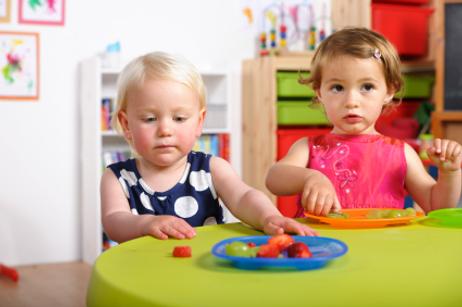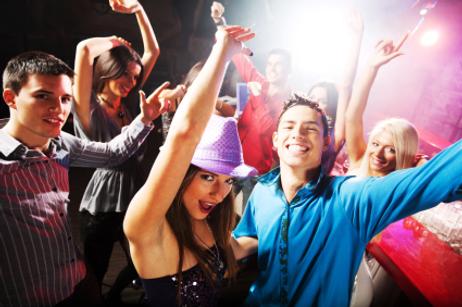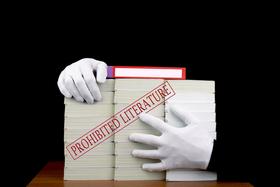Did you know that your child’s public school may be the best source of after school day care? Whether parents need a little after school support due to work or personal obligations, many public schools may provide much needed support.
With a rising number of parents in need of child care assistance, a great number of public schools have introduced after school programs, child sitting, and additional activities. For parents in need of a few extra hours of child care after school, or for parents seeking support during school breaks and holidays, children can enjoy supervised activities and attention at an array of public school child care venues!
After School Child Care
Depending on a child’s school policies and programs, most public schools offer either free or reduced cost child care services. For example Charlotte Public Schools, located in Michigan, provide support for parents both before and after school. According to the county, children ranging from 6 weeks to 12 years of age can receive child care services Monday through Friday from 6:30am to 6pm. While costs of the child care range depending on the child’s age, the time of day, and the duration of service, Charlotte offers support that ranges from $7 to $40 per day.
In addition to Charlotte Public Schools, Fairfax County Schools, located in Virginia, also provide parents with after school support for kids. Unlike Charlotte schools, however, Fairfax allows parents






















